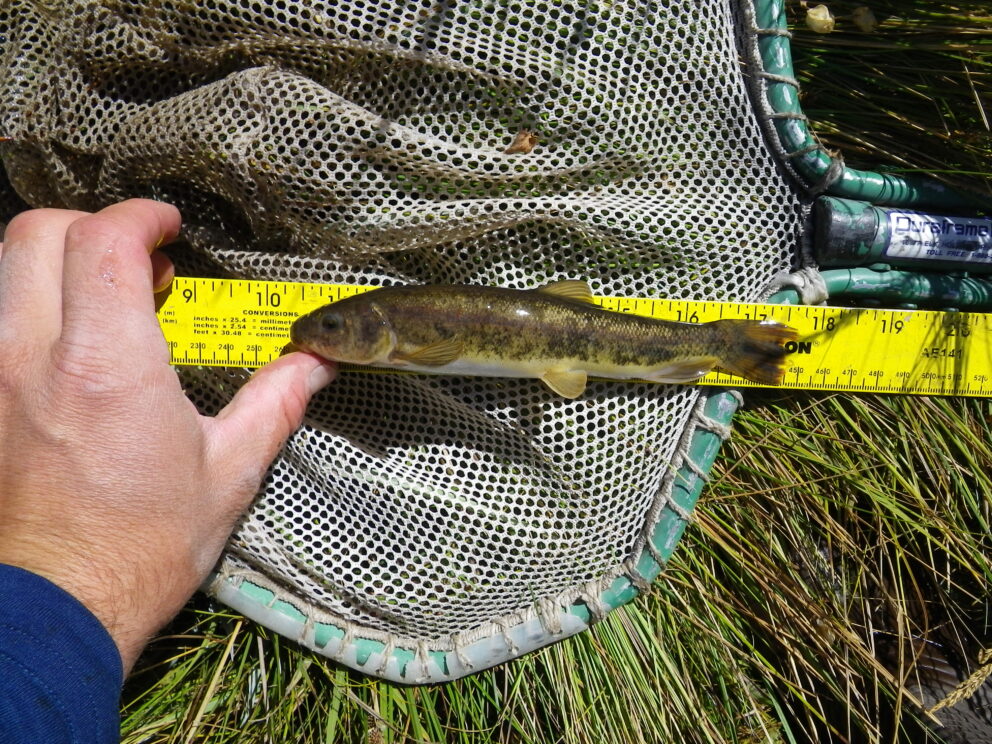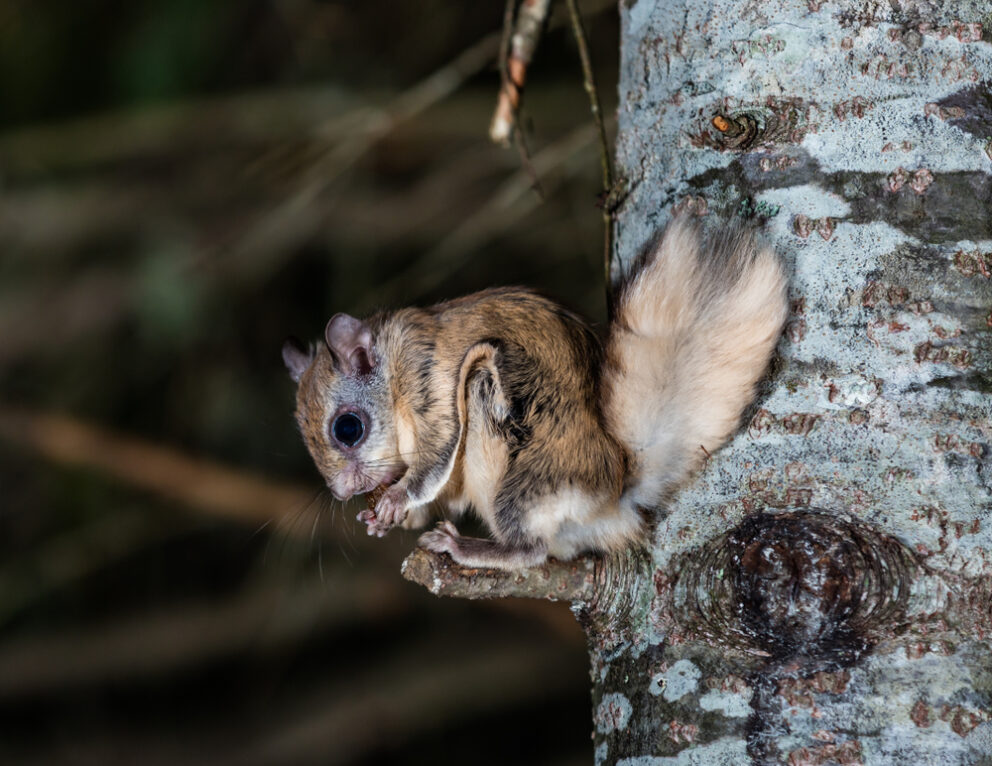- SCIENTIFIC NAME
- Meleagris gallopavo
- CLASSIFICATION
- Bird
- LIFE SPAN
- 3-5 Years
- SIZE
- 36-44” | 5-24lbs
- STATE CONSERVATION STATUS
-
- State Protected
- FEDERAL CONSERVATION STATUS
- Least Concern
- GAME STATUS
- Game
- GAME TYPE
- Upland Game
- Washoe
- Humboldt
- Pershing
- Churchill
- Mineral
- Lyon
- Douglas
- Carson City
- Storey
- Elko
- Lander
- Eureka
- White Pine
- Esmeralda
- Nye
- Lincoln
- Clark
- Alpine forests of the Sierras
- Marsh
- Pinyon juniper forests
Threats
- Disease
Natural History
Wild Turkeys forage in flocks, eating mostly nuts, fruits, and seeds from sedges and grasses. Occasionally will include salamanders, snails, and beetles in their diet. They mostly walk to get around, but will jump and fly short distances. Males create all-male flocks when not in breeding season, whereas females will rear chicks with a small group of other females. Turkeys are hunted by coyotes, mountain lions, eagles, bobcats, and people.
Fun Facts
Although large in size, Turkeys will sleep in trees. The snoods, or fleshy appendages on the face of the males, is important for mating. Longer snoods are more preferred among females














